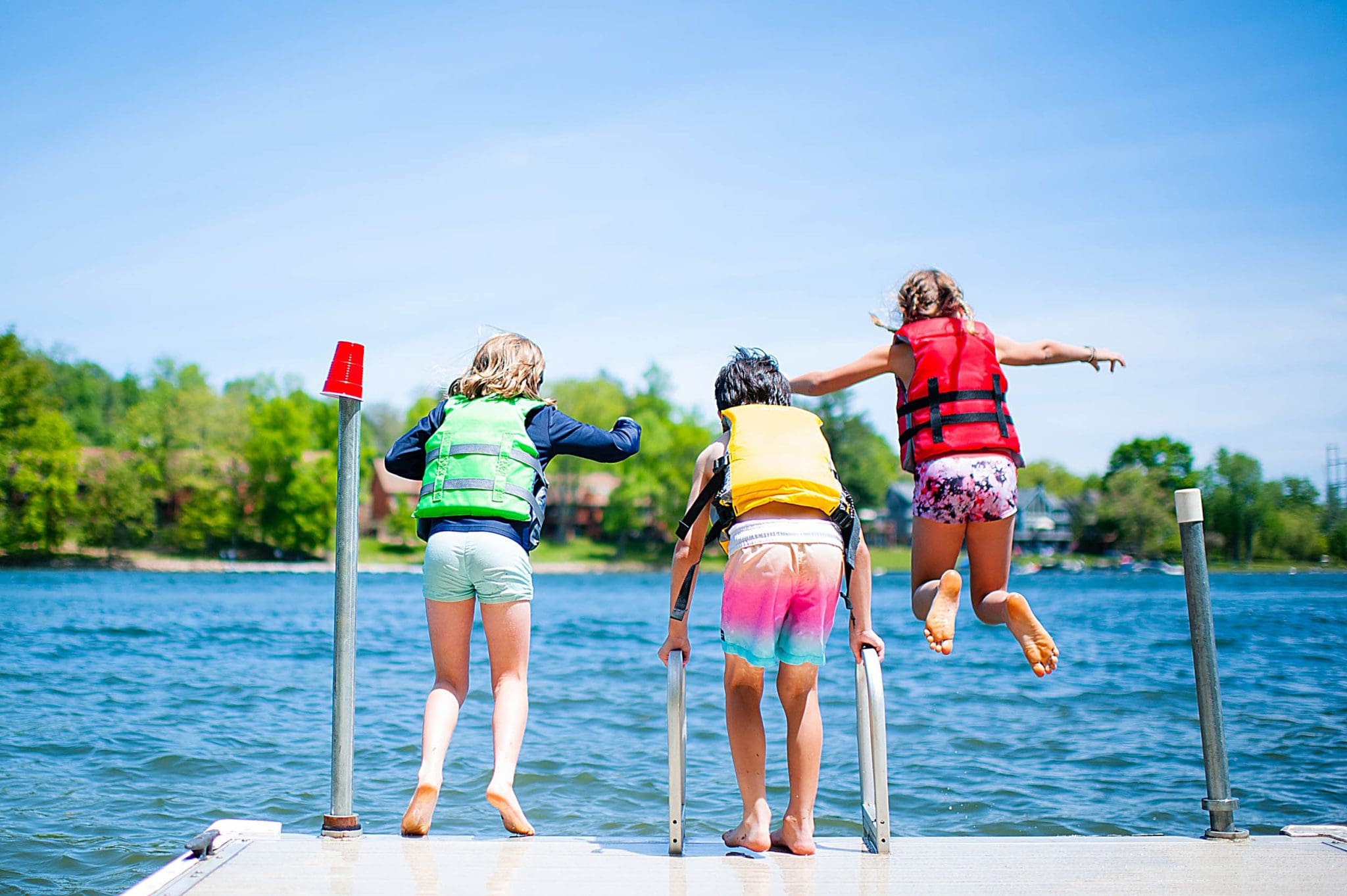
Share This Story!
Benthic Barrier Permit Regulations for Washington
General Overview
Benthic barriers are used to control aquatic weeds by blocking sunlight and preventing weed growth. In Washington, the use of benthic barriers requires a permit to ensure environmental protection and compliance with state regulations.
Many states have regulations on weed control products. However, they are frequently unable to enforce them. We have customers in every state.
Invasive Aquatic Plants in Washington
Washington faces significant challenges from invasive aquatic plants such as Eurasian watermilfoil, hydrilla, and Brazilian elodea. These plants disrupt local ecosystems, harm fish and wildlife habitats, and hinder recreational activities.
Washington Restrictions and Guidelines
To control invasive aquatic weeds, Washington has established specific guidelines and restrictions. Permits are NOT required for the use of benthic barriers in small-scale home project (covering no more than fifty percent of the length of the homeowner’s shoreline); however, users must follow best management practices to minimize environmental impact. This includes proper installation, monitoring, and removal of barriers.
Washington Environmental Considerations
Environmental considerations are crucial when using benthic barriers. The barriers should be placed carefully to avoid harming non-target species and habitats. Regular monitoring is necessary to ensure that the barriers are effective and do not cause unintended ecological damage.
Additional Considerations
For larger scale projects applicable to State Agencies, Counties, Cities, Special purpose districts, and Tribes, the State of Washington Department of Ecology now has a Freshwater Aquatic Invasive Plant Management Program. They have implemented a Grants Program, which you may find more information about it here. When applying for a benthic barrier permit, amongst other things, applicants must provide detailed plans for the use and maintenance of the barriers. This includes information on the size and location of the area to be treated, the type of barrier to be used, and the methods for monitoring and removing the barriers.
Proper management of aquatic weeds using benthic barriers is essential for protecting Washington’s waterways. By following state regulations and guidelines, users can effectively control invasive species while minimizing environmental impact.
Washington Aquatic Weed Control Resources and Contacts
For more information on benthic barrier permits and aquatic weed control, contact the Washington State Department of Ecology:
• Website: Washington State Department of Ecology
• Phone: 360-407-6600
• Email: wes.glisson@ecy.wa.gov
If you find out what permitting guidelines you have, please do us a favor and let us know at info@lakebottomblanket.com.
